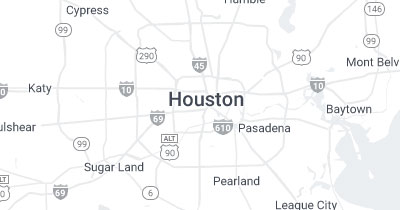Kyphosis
Kyphosis is an exaggerated, forward rounding of the back. It can occur at any age but is most common in older women.
Age-related kyphosis is often due to weakness in the spinal bones that causes them to compress or crack. Other types of kyphosis can appear in infants or teens due to malformation of the spine or wedging of the spinal bones over time.
Mild kyphosis causes few problems. Severe kyphosis can cause pain and be disfiguring. Treatment for kyphosis depends on your age and the cause and effects of the curvature.
The individual bones (vertebrae) that make up a healthy spine look like cylinders stacked in a column. Kyphosis occurs when the vertebrae in the upper back become more wedge-shaped.
Abnormal vertebrae can be caused by:
- Fractures
- Osteoporosis
- Disk Degeneration
- Scheuermann’s Disease
- Birth Defects
- Cancer and cancer treatments
Mild kyphosis may produce no noticeable signs or symptoms. But some people experience back pain and stiffness in addition to an abnormally curved spine.
Your doctor will generally conduct a thorough physical examination, including checking your height. You may be asked to bend forward from the waist while your doctor views your spine from the side. Your doctor might also perform a neurological exam to check your reflexes and muscle strength.
Treatment for kyphosis begins with addressing the severity of your condition. However, your doctor may suggest pain relievers and osteoporosis medications to help alleviate the pain.




